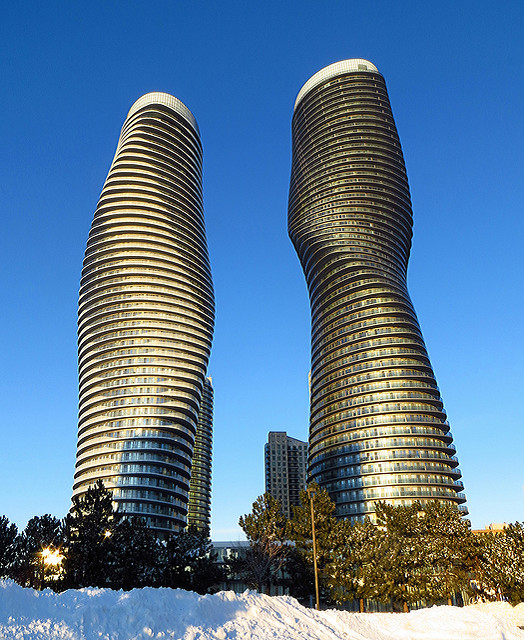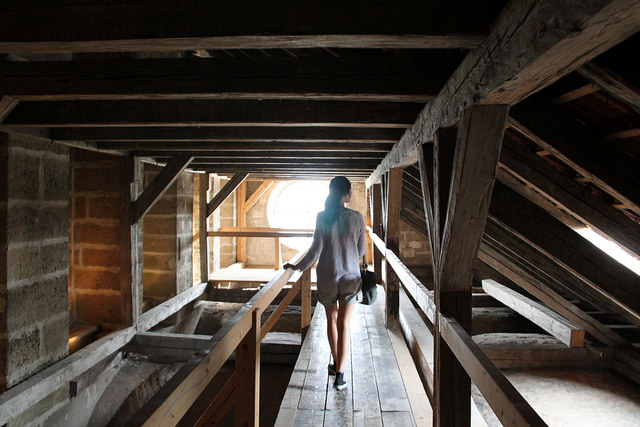We have all seen many trends in architecture that make us wonder whether we live in a real world or just an imaginary stage that someone designed. It is a bit extreme but some buildings and facilities look from outer space.
Architects always impress us with their meaningful creations and sometimes strange and weird artifacts. Ok, it is not strange to find building made with different materials or with designs that are functional and pretty.
So to the eyes of the everyday person designs and architecture is sometimes hard to understand. If there have been so many innovations, what comes next? What can possible change in the near future for architecture? Kenny Slaught took the time to do a little research on the topic to find out what will the architecture context look like in the near future, maybe in the next 5 years or so.
Starchitecture will be a thing of the past
Starchitecture is when celebrity architects design and create the building or the facilities. It can be a well-known architect in the city or country or an international one. Well, there are being left behind. The idea of this trend is that architecture is heading towards designs that focus more on the gathering of people and how they use and interact with such spaces rather than in the content or the cult for the artifact or the product. This makes architecture more “realistic” and more functional. Architecture designs become more like a business meetings where they have to fit the client’s needs of pragmatism and functionality.
Let’s take as an example a big company that wants their employees to have more spontaneous meetings and they want to use the space to reach such a goal. The architect must understand this and design pathways that make employees run into each other and that meet the clients goals of functionality and not only design and style. Or at least understand which are the most used pathways and make them functional for such encounters.
For 2017 when it comes to designs and architecture, clients are looking for more meaning and are more interested in the thinking behind the design and not only on who is going to design and build it. Clients will ask themselves why they are building things and what will be the purpose of building such a space or facility.
The Architecture will have to use help from other fields
Client´s will be even more intelligent and clever than they are right now. Client´s demands will become more out of the box and they will ask for more sustainable approaches. As this happens, architects will have to look for help or collaboration from s in other fields such as social anthropology or environmentalists so they can understand better how to design and approach the space. There was a time when we thought urban agriculture would be a thing of the far future, well, the future is here. In 2017 many countries in the world will see how policy makers join this trend in order to design more sustainable cities and environments and make it easier for new buildings and construction to include sustainable approaches.

Chinese architecture will take it easy
China is well-known in the architecture world for its tall and very strange-looking buildings and constructions. They have been a melting pot for architects and new ideas concerning space and design in recent years and people say that you can practically build anything and it will have a commercial value. But the market is changing due to the progress and sophistication that the real estate industry has had now that china is becoming more urbanized.
There are many Chinese officials that are demanding a focus on the building and construction performance. For example, the president has strongly criticized the proliferation of weird architecture that is very beautiful and attractive but does not offer any innovation when it comes to functionality. Chinese projects will be looked and evaluated more on their utility and not on their looks.
Different materials in construction
Materials such as timber will be used in future to build skyscrapers. There is an availability of materials that include cross-laminated timber panels that are stronger and much more resistant and that give architects a whole new spectrum to build. Another material that could also be included in construction in the near future is rammed earth, a technique that is still used in Australia and in some part of Africa and in the southwest of the United States.
Architects are always looking for new ways and materials that meet our expectations, it seems like people and policy makers are looking at design and architecture in a more functional and pragmatic way.
Be sure to also read this post on how sustainable architecture is helping the world
